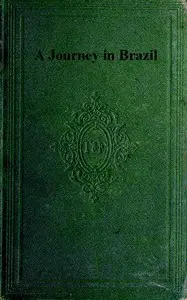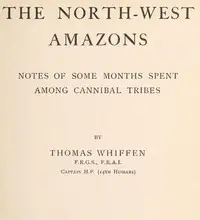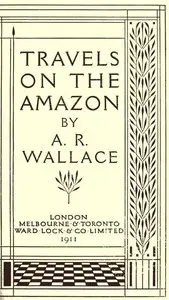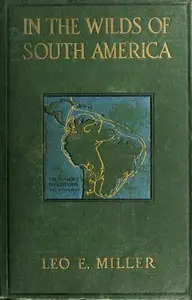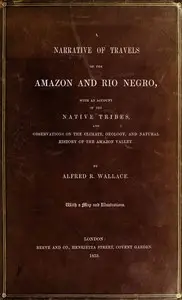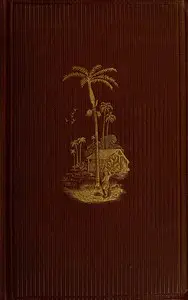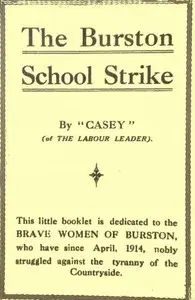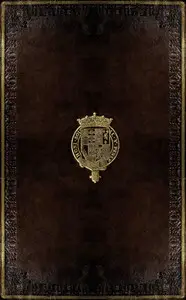"The Naturalist on the River Amazons" by Henry Walter Bates is a 19th-century exploration into the heart of the Amazon rainforest, meticulously chronicling the author's eleven-year scientific expedition. Through vivid descriptions, the book paints a picture of the region's astounding biodiversity, from its exotic plants and peculiar insects to vibrant birdlife and unique mammals, along with the customs of the native people he meets along the way. The author's journey begins in Pará, Brazil, where the sights and sounds of tropical life serve as a gateway to deeper investigation of the area, a rich and untouched wilderness. Bates's keen observations capture the complex relationships within the Amazon ecosystem, highlighting the intersection of natural wonder and human society, resulting to an engaging narrative focused on the wonders and inhabitants of a world far removed from 19th-century urban life.

The Naturalist on the River Amazons
By Henry Walter Bates
Embark on an eleven-year journey through the Amazon, where a naturalist uncovers a world of strange creatures and exotic landscapes, challenging the boundaries of scientific knowledge of the time.
Summary
About the AuthorHenry Walter Bates was an English naturalist and explorer who gave the first scientific account of mimicry in animals. He was most famous for his expedition to the rainforests of the Amazon with Alfred Russel Wallace, starting in 1848. Wallace returned in 1852, but lost his collection on the return voyage when his ship caught fire. When Bates arrived home in 1859 after a full eleven years, he had sent back over 14,712 species of which 8,000 were new to science. Bates wrote up his findings in his best-known work, The Naturalist on the River Amazons.
Henry Walter Bates was an English naturalist and explorer who gave the first scientific account of mimicry in animals. He was most famous for his expedition to the rainforests of the Amazon with Alfred Russel Wallace, starting in 1848. Wallace returned in 1852, but lost his collection on the return voyage when his ship caught fire. When Bates arrived home in 1859 after a full eleven years, he had sent back over 14,712 species of which 8,000 were new to science. Bates wrote up his findings in his best-known work, The Naturalist on the River Amazons.

